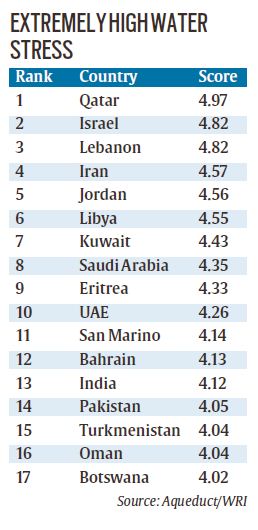7667766266
enquiry@shankarias.in
What is the issue?
Ten years have been passed since the sub-prime crisis brought the global economy to the brink.
What is a sub-prime loan?
What were its objective?
What triggered the crisis?
What were the impacts on Indian economy?

Source: The Indian Express, The Hindu